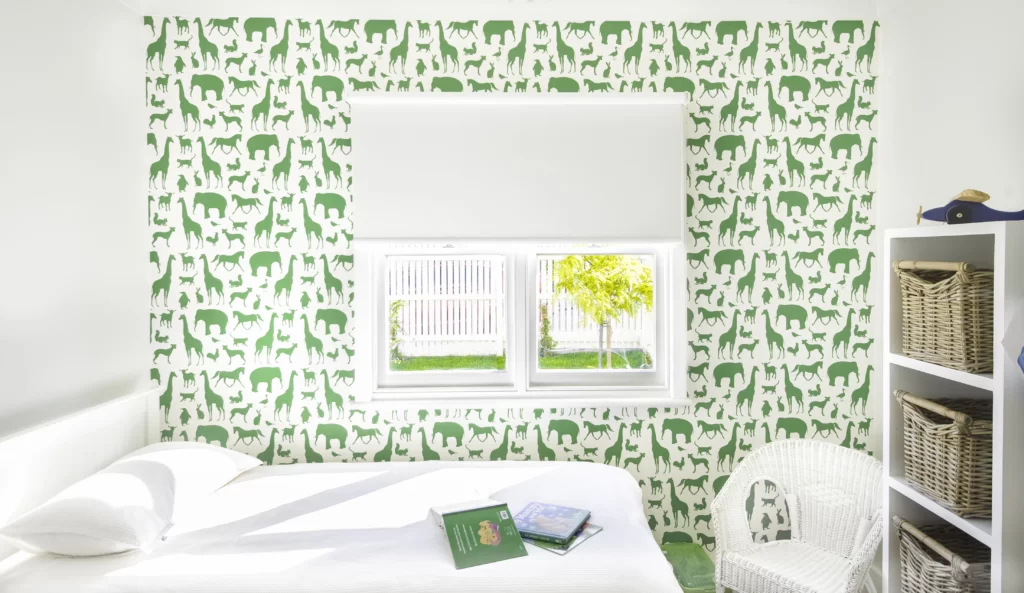Deciding on a color scheme for your home is a touch but crucial decision that can truly change the influence and overall ambiance of a room or home entirely. Whereas it may sound more convenient to paint all of your rooms the same simple shade of cream, it’s not recommended for a few reasons. Let’s talk about why this is not the best option, and explore some alternative approaches that will leave your home looking and feeling exactly how you envision!
What is the 60-30-10 Decorating Rule?
A well-known decorating rule within the interior design community is the 60-30-10 rule. It’s a rule that helps you come up with a beautiful, harmonious color scheme to compliment and enhance a space. According to this rule, you should divide your color scheme into three main components: 60% dominant color, 30% secondary color, and 10% accent colour1. Applying this rule ensures a well-balanced composition and adds visual interest to your home.
How Do You Transition Colors Between Rooms?
To create a cohesive flow between rooms while incorporating different colors, it’s essential to consider the concept of color transition. Transitioning colors between rooms can be achieved through various methods:
Gradual Hue Shifting: Choose colors from the same color family and gradually shift their hue or saturation as you move from one room to another3. For example, maybe you love greens. You could have a light green in a living area that transitions to a darker shade as you move into the dining room.
Complementary Color Schemes: Select colors that are opposite each other on the color wheel to create a visually striking contrast. By using complementary colors in adjacent rooms, you can achieve a smooth transition while adding depth and interest to the overall design.
By implementing these techniques, you can maintain a consistent flow while incorporating diverse colors throughout your home.
Expert Color Consultation Services
If you find it challenging to determine the perfect color palette for your home, seeking professional advice can be immensely beneficial. Companies like Your Local Painter offer color consultation services2. They have experienced consultants who can provide personalized recommendations based on your preferences, existing furnishings, and the unique characteristics of your space. A professional color consultation can help you create a cohesive and visually pleasing interior design that reflects your individual style. Proper coloring to a room can aid in enhancing a specific or desired mood such as calm, happiness, or relaxation3.
Final Thoughts
Although painting your home’s interior one simple shade may sound easier and less stressful, it’s simply uninviting and unexciting. Studies have shown that a lack of color variation can also lead to problems with cognitive functioning4. By taking advantage of the 60-30-10 rule and working with a professional, you can create cohesive and beautifully designed rooms. Each room will have its own unique atmosphere that adds depth to the overall feel of the home.
References
(1) Norris, S. (2021). The 60-30-10 Rule for Color and Interior Design. The Spruce. Retrieved from https://www.thespruce.com/
(2) Your Local Painter. (n.d.). Color Consultation. Retrieved from https://yourlocalpainter.au/colour-consultation/
(3) Johnson, A. R., & Davis, K. L. (2022). The Impact of Room Color on Mood and Perception. Journal of Environmental Psychology, 45, 78-94. doi:10.1016/j.jenvp.2022.02.009
(4) Elliot, A. J., & Maier, M. A. (2014). Color psychology: effects of perceiving color on psychological functioning in humans. Annual review of psychology, 65, 95–120. https://doi.org/10.1146/annurev-psych-010213-115035



